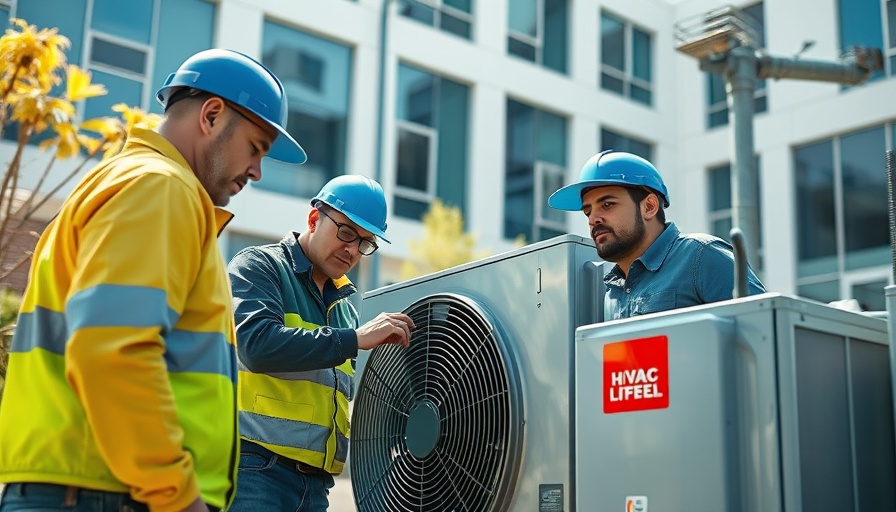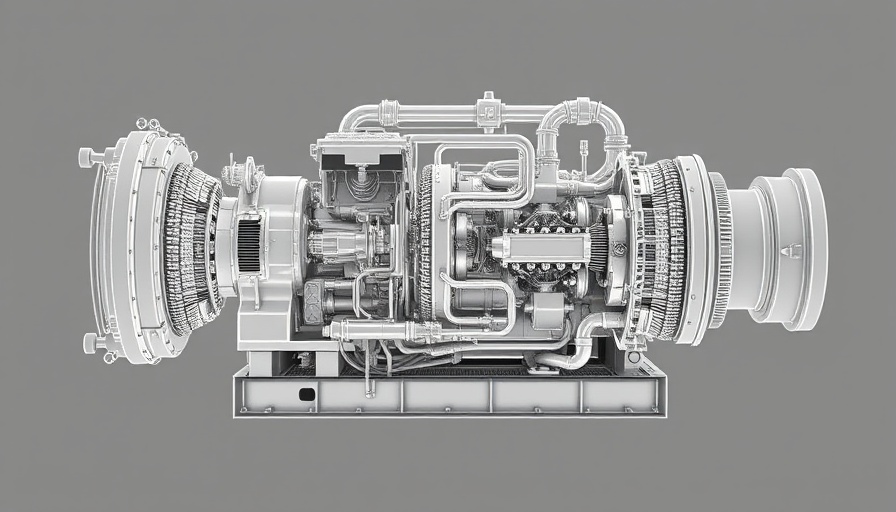Environmental Controls
Discover GreenSketch: The Free End-to-End Solar Design Platform Revolutionizing Clean Energy
8
Revolutionizing Solar Design: An Overview of GreenSketch
In a significant stride towards sustainable energy, OSW Group has unveiled GreenSketch, touted as the world’s first free end-to-end solar design and deployment platform. This groundbreaking solution aims to streamline solar energy adoption in Australia and beyond, targeting the broader goal of achieving net zero emissions by 2050.
A Comprehensive Solution for Solar Professionals
GreenSketch isn’t just another tool; it’s a comprehensive platform that allows solar designers and installers to manage every facet of their projects—from initial design to post-installation management. Anson Zhang, CEO of OSW Group, highlighted that this platform integrates various critical stages of solar projects, offering functionalities like pre-sales design, product procurement, subsidy applications, and compliance management—all available free of charge.
Enhancing Efficiency and Accessibility in Solar Deployment
The platform's launch follows a successful beta phase that empowered over 700 global installers, boosting design efficiencies by an impressive 300%. By removing financial barriers, GreenSketch significantly enhances accessibility, enabling installers to create unlimited designs without constraints. As a result, numerous inquiries and expressions of interest illustrate the buzz surrounding this innovative platform, marking a pivotal moment in the solar industry.
Key Innovations That Set GreenSketch Apart
GreenSketch is distinguished by its batteries-only mode, an industry-first feature that permits users to incorporate battery and storage options without needing to redesign entire systems. Additional features include:
Free Design Tools: Users benefit from real-time analysis of sunlight and spatial data, ensuring optimal project layouts.
End-to-End Workflow: The platform handles all steps of the solar project cycle, including subsidy verification through the GreenDeal Platform.
Automated Compliance: Users receive necessary documentation that meets stringent regulations, facilitating smoother approval processes.
Customizable Proposals: Quality and professional designs can be tailored to meet client needs, enhancing customer satisfaction.
100% CEC-Certified Equipment: The platform supports equipment from all trusted brands, ensuring high-quality installations.
Cost Savings and Industry Transformation
OSW Group’s shift to a SaaS-driven model represents a strategic decision amid a rapidly changing energy landscape, prioritizing affordability without sacrificing quality. With projected annual savings reaching tens of thousands of AUD, GreenSketch redefines economic accessibility within the solar design sector. As states and countries race towards ambitious renewable energy goals, platforms like GreenSketch are essential in driving mass adoption.
Comparisons to Other Free Solar Solutions
GreenSketch joins a pool of emerging free solar design platforms, similar to OpenSolar, which also aims to streamline the solar workflow for professionals. Profiled in reports, OpenSolar offers features like 3D design, client management, and automated sales processes, also championing a philosophy of making solar design tools freely available for global adoption. This competition fosters innovation while ensuring solar solutions are accessible to all.
Future Impacts on the Solar Industry
The implications of GreenSketch extend beyond operational efficiency; they resonate with the wider public commitment to renewable energy. As OSW Group leads the charge in making solar solutions more accessible and sustainable, it positions both the Australian and global market for monumental shifts toward greener energy practices.
The Human Element: Stories from the Field
Installers who have utilized the platform during its beta phase describe a transformative experience. “I can design complex systems in moments that would previously take hours,” shared a Melbourne installer, demonstrating not just the tool’s speed but its potential market impact. Empowering individuals and small businesses alike, GreenSketch could be a game-changer in a sector dominated by larger players.
Joining the Movement: How You Can Engage
As the solar landscape continues to evolve, users are encouraged to explore GreenSketch and participate in this revolution. Whether you’re an installer, a stakeholder, or simply an energy-conscious individual, understanding and utilizing these tools can significantly affect Australia’s future energy consumption.
In conclusion, the launch of GreenSketch illustrates a critical step towards enhancing solar design and deployment processes. With resources available for free, the shift towards renewable energy is not only within reach but also more achievable than ever before.

 Add Row
Add Row
 Add
Add

 Add Row
Add Row
 Add Element
Add Element

























 Add Row
Add Row
 Add
Add

